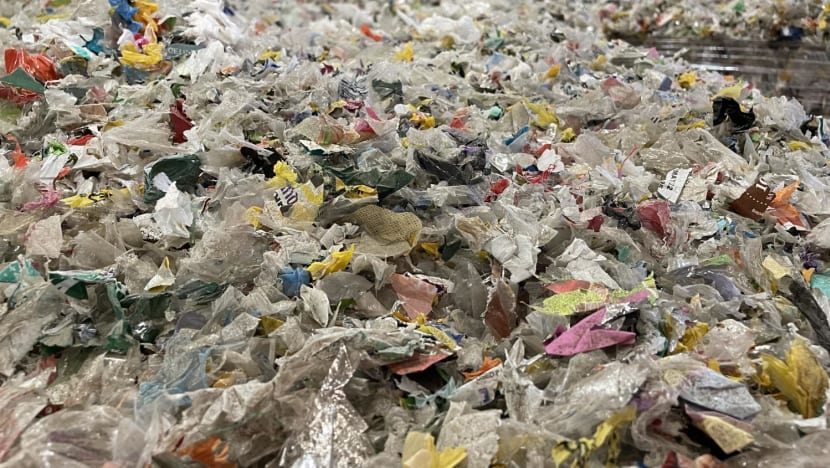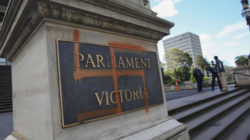SYDNEY: Take a walk through Sydney’s city center and you’re bound to come across a recycling bin or a product created from recycled materials.
While this may appear modest, it is an indication of how Australia’s packaging environment is changing.
Until five years ago, the country had a linear economy for packaging, which entailed collecting raw materials from the earth, using them to manufacture items to sell, and disposing of them once the products reached the end of their useful life.
According to Australia’s national trash report issued in 2018, around 40% of the 54 megatonnes of rubbish created between 2016 and 2017 was disposed of in landfills, or to approximately 880kg per person.
Australia, like many other wealthy countries, relied on shipping waste to countries such as China to manage recycling.
The tipping point occurred in 2017, when China announced that it would no longer accept the world’s plastic garbage and recycling.
This caused huge problems for trash recovery and recycling companies in Australia and around the world, as recyclers scrambled to find a place to send the rubbish they gathered.
With few options, waste recovery and recycling companies were compelled to either find alternative consumers for recyclables in Australia, hold recyclables in a facility until an overseas market could be found, pay levies and transport garbage to landfill, or investigate waste-to-energy opportunities.
This, combined with developments in consumer attitudes toward sustainability, resulted in considerable changes in the way Australia handles its garbage, as well as a stronger drive toward a circular economy.
The government is currently racing against time to achieve its goal of having 100% of Australian packaging recyclable, biodegradable, or reusable by 2025. In the same timeframe, it hopes to increase recycling rates for plastic packaging to 70%.
According to the most recent data from the Australian Packaging Covenant Organisation (APCO), which has been charged by the government with meeting the voluntary aim, 86% of Australian packaging was recyclable, biodegradable, or reusable as of the country’s fiscal year 2019-2020.
The non-profit is presently working with 2,200 members – representing roughly 20% of Australia’s GDP – from more than 150 industries, including retail, food and beverage, and telecommunications, to design circular packaging and expand markets for used packaging.







